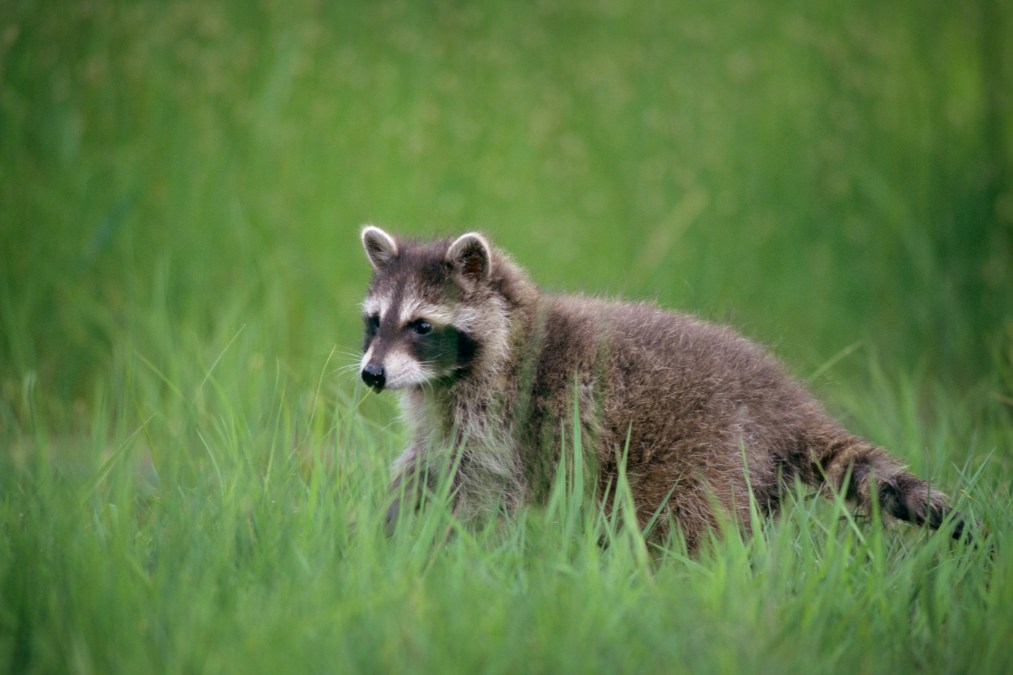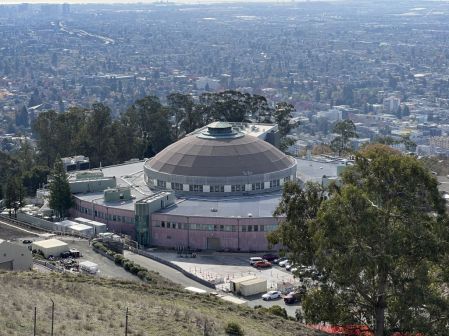One threat facing the world’s fastest supercomputer? Raccoons

At the Oak Ridge National Laboratory, an unlikely threat faces two of the world’s fastest supercomputers: raccoons and possums.
The national lab, which is famous for its role in the Manhattan Project, sits within a rural Tennessee campus of just over 4,400 acres. That location is strategic and helps protect the facility, home to the Summit and Frontier supercomputers, the latter of which became the fastest supercomputer in the world last year. These computers are a critical part of the Department of Energy’s research agenda and play a critical role in helping scientists across the world build advanced models and process large datasets.
But nearby nature also means that wildlife is able to access infrastructure that supports the lab’s science operations. At times, animals can get into power lines or substations, creating a dip in voltage. That voltage dip can ultimately push a supercomputer offline, according to Bronson Messer, the director of science at the Oak Ridge Leadership Computing Facility.
“There’s lots of raccoons and possums around here. And unfortunately, we’ve taken a few out,” Messer told FedScoop in a recent interview. “Power feed? I mean, it tastes good to wildlife. They bite into a 480-volt line and it’s not a good scene.”
Animal-related outages have only happened two or three times, according to Messer. When an outage occurred this past August, animals only took a handful of computing nodes offline because of the redundancy built into the system. Still, small mammals prone to climbing, along with any animal looking to nibble on a power feed, could theoretically be at risk.
While the problem is relatively small, the threat of wildlife is a reminder that physical security, and not just cybersecurity, remains a part of protecting digital infrastructure. At the same time, the lab says it’s also taking steps to combat this challenge.
“In the past five years, we’ve made significant improvements in preventing interruptions from animal or tree-imposed voltage sags,” Messer said in an email to FedScoop. “For example, we added bands around power poles that keep animals from climbing them. We also improved fencing around substations. Finally, we have done some infrastructure cleanup to remove obvious risks from trees and limbs.”






